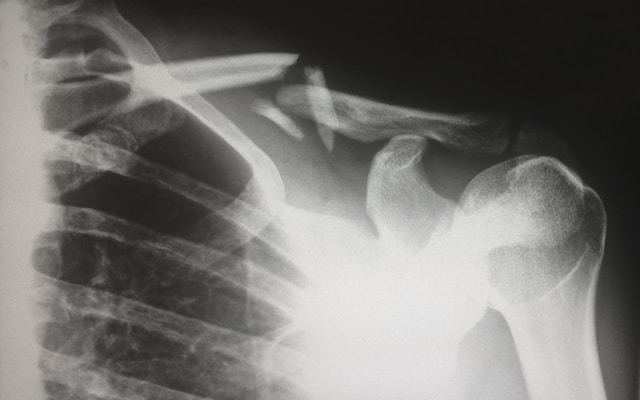Workman’s compensation, also known as workers’ compensation, is a crucial aspect of employment law that aims to protect employees and employers in work-related injuries or illnesses. Understanding the rights and responsibilities under workman’s comp laws is essential for all parties involved. We will explore the key aspects of workman’s comp claims, from the purpose and rights to handling disputes and denials, returning to work after an injury, and ensuring compliance with workman’s comp laws.
Understanding Workman’s Comp: Purpose and Rights
Workman’s comp laws vary from state to state, but their primary objective is to provide financial and medical benefits to employees who suffer work-related injuries or illnesses. These laws ensure injured employees receive necessary medical treatment, rehabilitation, and wage replacement while protecting employers from lawsuits related to workplace accidents. Employees and employers must understand the rights granted under worker’s comp laws. Employees can receive medical care for their injuries, temporary or permanent disability benefits, and the right to appeal if their claim is denied. On the other hand, employers are responsible for carrying workman’s comp insurance, providing a safe work environment, and promptly reporting work-related accidents.
Covered Injuries and Illnesses
Workman’s comp typically covers a wide range of work-related injuries and illnesses. This can include slip and fall accidents, repetitive motion injuries, occupational diseases, and injuries caused by workplace accidents or machinery. Individuals must be aware of the specific injuries and illnesses typically covered by workman’s comp insurance in their state. Understanding the scope of coverage helps ensure that employees receive the necessary support and benefits they are entitled to.
Handling Disputes and Denials
Unfortunately, disputes and denials can sometimes arise during the worker’s comp claims process. If an employee’s claim is denied or there is a disagreement regarding benefits or medical treatment, it’s essential to understand the steps involved in handling such situations. Employees can seek assistance from their state’s workers’ compensation agency or consult an attorney specializing in workman’s comp to understand their options and rights. Employers must cooperate with the claims process, provide relevant documentation, and engage in reasonable faith efforts to resolve disputes.
Returning to Work After an Injury
Returning to work after an injury is critical for employees and employers. Workman’s comp laws often include provisions to facilitate a smooth transition back to work. Employers may need to make reasonable accommodations to accommodate the employee’s work restrictions, while employees should follow their healthcare provider’s recommendations and communicate effectively with their employer.
Compliance and Recordkeeping
Compliance with workman’s comp laws is vital for both employers and employees. Employers must maintain accurate records of workplace injuries, promptly report accidents to the appropriate authorities, and carry the required workman’s comp insurance. Compliance ensures legal adherence and fosters a safe and secure working environment for employees.
Empowering Individuals and Businesses
Navigating workman’s comp claims requires a clear understanding of the rights and responsibilities of employees and employers. By familiarizing yourself with workman’s comp law, knowing the types of injuries and illnesses typically covered, understanding dispute resolution processes, facilitating a smooth return to work, and ensuring compliance with workman’s comp laws, you can navigate the claims process more effectively.






